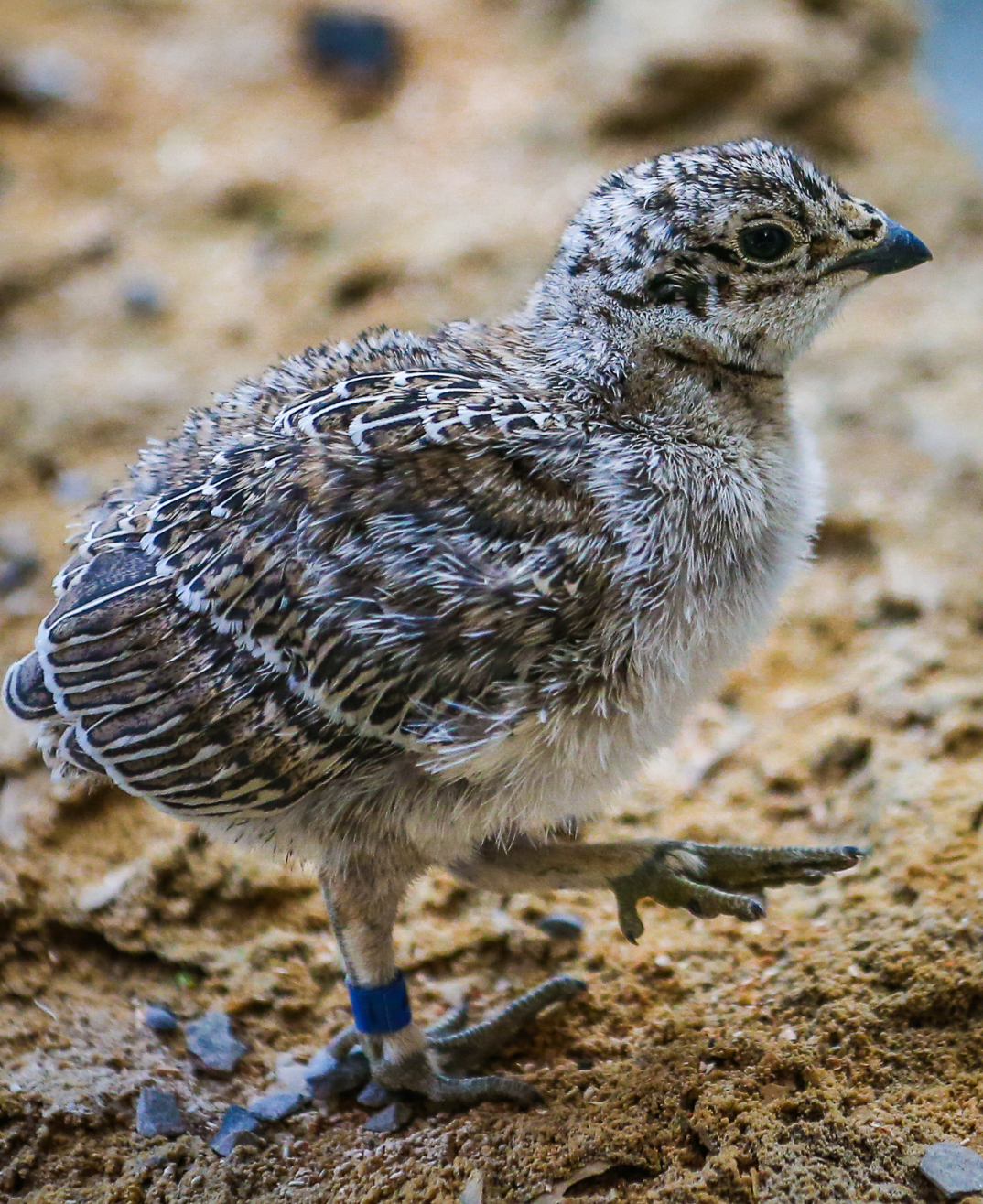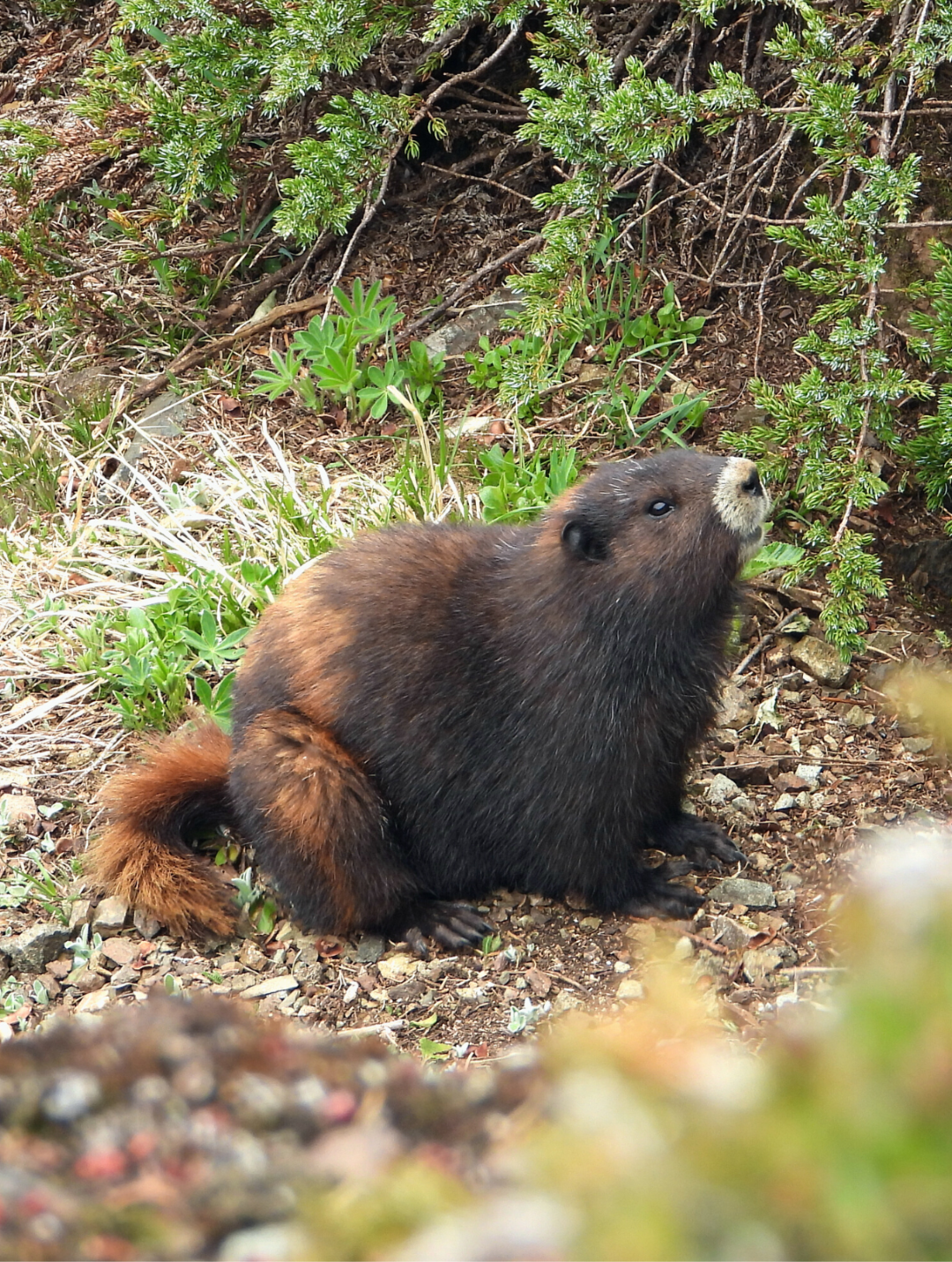Centrocercus urophasianus
Greater Sage-Grouse
Did you know that the greater sage-grouse is considered an umbrella species for the entire sagebrush ecosystem? A thriving greater sage-grouse population would in effect restore balance and protect an additional 350 species of wildlife as well as the viability of the agricultural landscape. The greater sage-grouse is an iconic grassland species and a subject of fascination for the male’s elaborate mating display.
The situation
An iconic prairie bird
Grassland bird species around the world are declining dramatically. Once common across the prairies, the greater sage-grouse population in Alberta and Saskatchewan has declined by an estimated 90% in the past 30 years. Today there are around 200 greater sage-grouse in Canada and the species is listed as endangered.
Why is the greater sage-grouse endangered?
This iconic bird is threatened by loss, fragmentation, and degradation of the grassland habitat they call home. Greater sage-grouse are indicators of healthy and intact sagebrush habitat, which supports numerous prairie species.
Our work
The Wilder Institute and partners have stepped in to try and preserve the species in Canada by using conservation breeding and release into the wild. Our scientists and conservationists have been involved in greater sage-grouse conservation efforts in Canada since 2012. We lead Canada’s only conservation breeding and release program for greater sage-grouse. We work together with Environment and Climate Change Canada and Alberta Environment and Parks on greater sage-grouse recovery in Southern Alberta and Saskatchewan.
Conservation breeding
Through the conservation breeding program, eggs from the wild were first hatched in captivity in 2014. The program celebrated the first successful captive breeding in 2017. Since then, this breeding population has acted as an assurance population to preserve the genetics of Canada’s greater sage-grouse and to support the release of birds into the wild. The breeding program involves a range of rearing techniques such as hen-rearing and human-assisted rearing including artificial incubation. Hatching success and survival of chicks are monitored to determine the most effective breeding practices to help ensure a sustainable population for releases into the wild.
In 2018, the Wilder Institute began releasing juveniles from the breeding program into the wild in Alberta and Saskatchewan. Since then, field crews have been monitoring survival of released greater sage-grouse by tracking them with VHF transmitters, GPS devices or satellite transmitters.
Our conservation impact
To establish an assurance captive population for greater sage-grouse, we lead Canada’s only conservation breeding program for this species. Research into the impact of length of acclimation period, release date, rearing method, and release site on post-release survival of greater sage-grouse continues. The objective of our greater sage-grouse conservation program is to maximize species recovery and reduce the risk of extinction.
Did you know?
Greater sage-grouse are the largest grouse species in North America.
Teamwork
We would like to thank the following partners and collaborators for working with us to help the greater sage-grouse in Canada.


